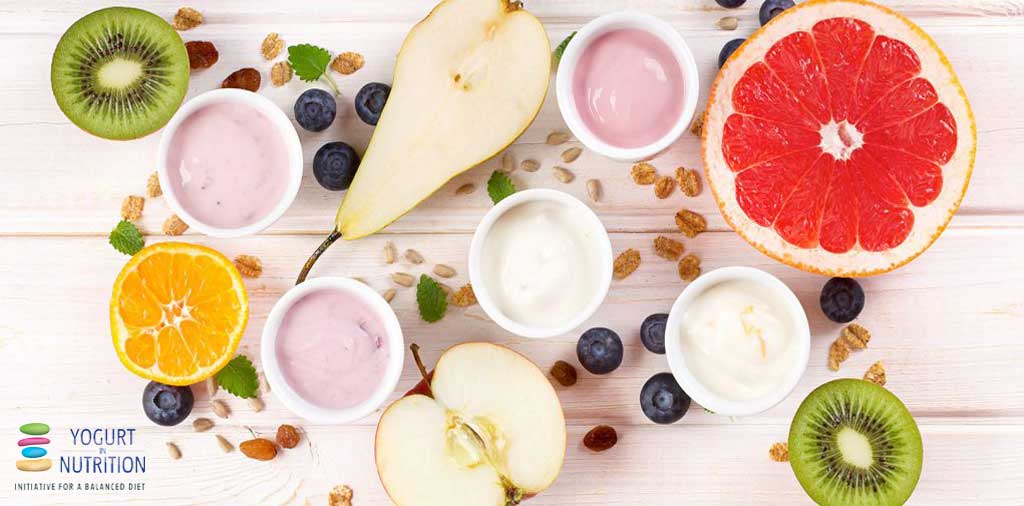Yogurt and other cultured dairy products provide a raft of recognised health roles and hold promise for further exciting benefits that are yet to be researched. Over the past 100 years, advances in scientific understanding and manufacturing methods have made these products more widely available, and improved their shelf-life and safety, say the authors of this review article.
Cultured dairy products include yogurt, sour cream and dips, cultured buttermilk, acidophilus milk and kefir. Consumed for thousands of years in the Middle East and Asia, yogurt in particular has increased dramatically in popularity in the Western world over the past 60 years. The authors of this review provide a comprehensive account of the developments in science and technology, notably in yogurt manufacturing, that have led to the products that we enjoy today.
Yogurt consumption started to increase in the 1960s
Before the 1960s, yogurt was only sold in a few grocery or health food shops in Western countries. These days we can easily find many types of yogurt, including plain, fruit-flavoured, whipped, granola-topped, drinkable, frozen and Greek varieties, with varying fat content.
Low-fat diets became widely advocated in the 1980s and 1990s and consequently, most yogurts became low-fat or fat-free. More recently, evidence suggests that a higher intake of saturated milk fat is linked to a lower risk of heart disease. Hence sales of full-fat yogurt are rising rapidly.
Ingredients are added to yogurt to make it more appealing
Yogurt is a fermented milk product that contains two lactic acid bacteria, Streptococcus thermophilus and Lactobacillus bulgaricus. These starter cultures ferment lactose (milk sugar) to form lactic acid. The increase in acidity transforms the milk to a soft gel. A variety of ingredients may be added to yogurt to improve the texture and taste.
Most yogurts nowadays are sweetened with sugar or alternative sweeteners and may contain fruit to make them more tempting to consumers. Including additional milk solids – often in the form of milk powder, or stabilisers such as modified starch or pectin – gives a thicker and firmer texture to yogurt, prevents separation of the whey and helps to suspend fruit in yogurt.
Advanced manufacturing techniques, including ultrafiltration and heat and pressure treatments, have helped to reduce the need for stabilisers and thickeners, and improved safety and shelf life.
Probiotics and the health benefits of yogurt
The multiple health benefits associated with yogurt include:
- improved gut function and enhance immunity
- high vitamin A and D content compared with milk
- suitability for people with lactose intolerance because of the reduced lactose content resulting from fermentation
- reduced serum cholesterol
- reduced risk of obesity and metabolic syndrome
- potential reduction in risk for certain cancers (colorectal and bladder)
- reduced blood pressure in elderly patients with hypertension
- reduced yeast colonisation/infection in women.
Probiotic cultures, such as Lactobacillus acidophilus and Bifidobacteria species, are often added to yogurt and these further enhance many of the health benefits. The effects of probiotic-containing dairy products on the microbiota that inhabit the gut and the potential impact on health are likely to be a major focus of future research. For example, preliminary findings suggest that incorporating microorganisms into yogurt to alter the gut microbiome may help overcome depression and behavioural abnormalities.
Find out more: read the original article.



